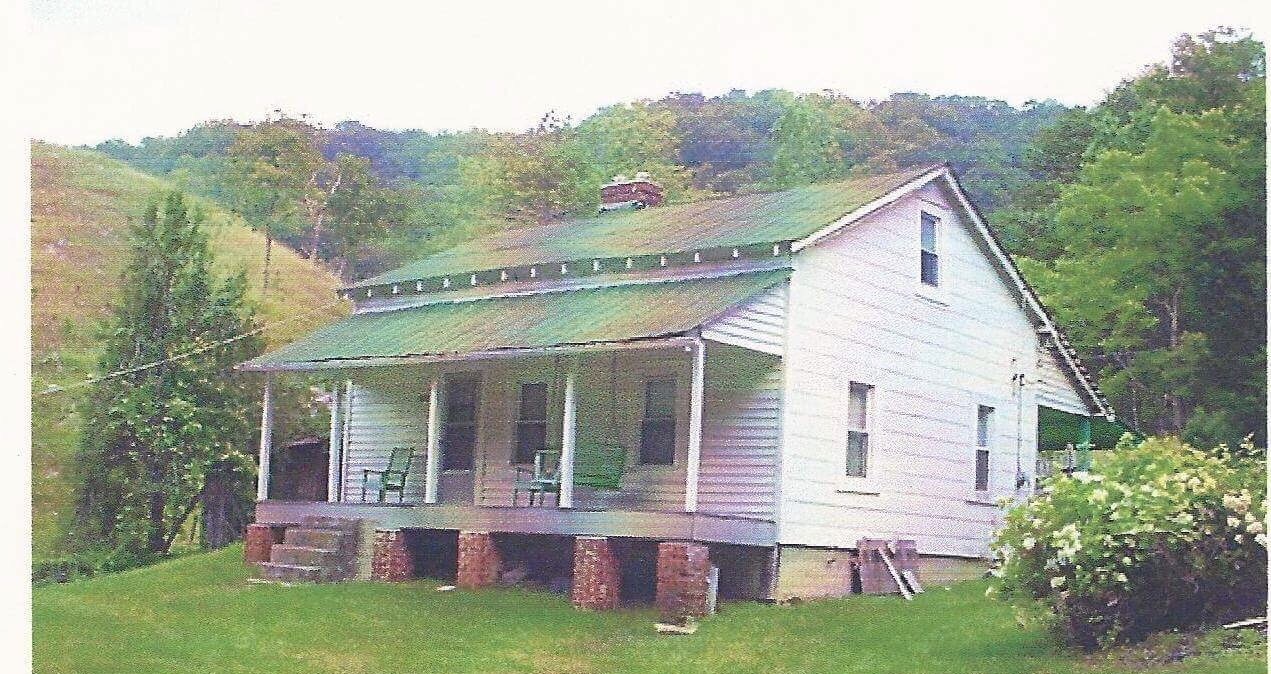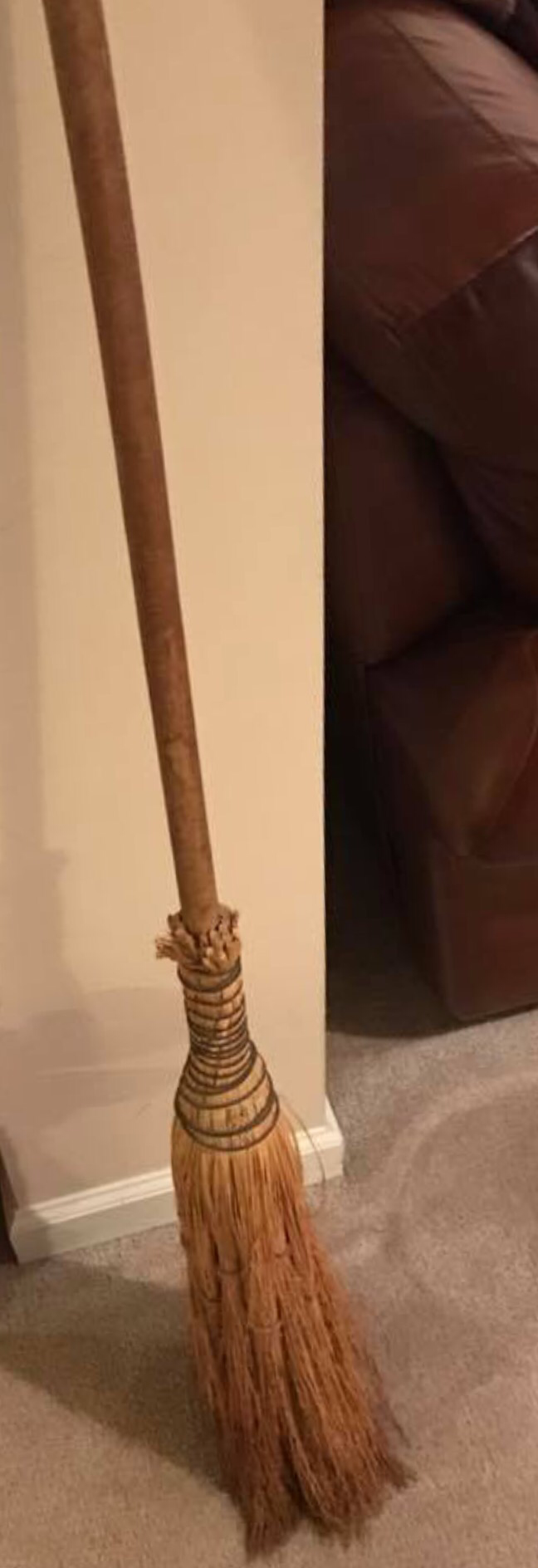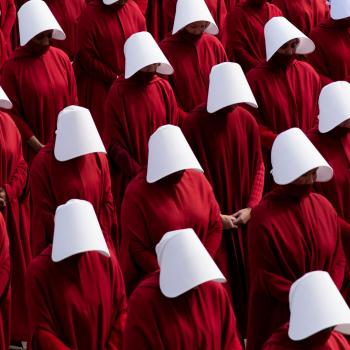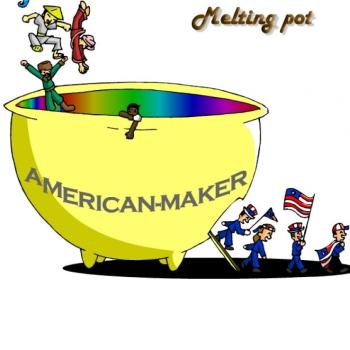 Nestled into a hollow on a Hawkins County back road in the mountains of Upper East Tennessee is an abandoned old homestead. The former inhabitants were elderly siblings who shared the surname Long, the same name given to the hollow where their property sat and to the narrow, winding gravel road that barely connected them to the outside world. While they were all still living there were four of them, three brothers and one sister, living in the modest, rustic old woodframe home. None had ever married. With the exception of brother Dorsey, who had served an overseas hitch in the Army during WWII, none had ever ventured very far from their homestead. In the case of one brother, Sterlie, it was said that he lived his entire life having never left Hawkins County, Tennessee. The brothers and sister were born on the same property where they spent their entire lives.
Nestled into a hollow on a Hawkins County back road in the mountains of Upper East Tennessee is an abandoned old homestead. The former inhabitants were elderly siblings who shared the surname Long, the same name given to the hollow where their property sat and to the narrow, winding gravel road that barely connected them to the outside world. While they were all still living there were four of them, three brothers and one sister, living in the modest, rustic old woodframe home. None had ever married. With the exception of brother Dorsey, who had served an overseas hitch in the Army during WWII, none had ever ventured very far from their homestead. In the case of one brother, Sterlie, it was said that he lived his entire life having never left Hawkins County, Tennessee. The brothers and sister were born on the same property where they spent their entire lives.
The Longs also happened to be kin to me. Their mother, Betty, was my grandmother’s aunt, which made the Long siblings my first cousins, twice removed…twice removed on the family tree but, seemingly, half a century removed from the world in which I lived.
The Long’s homestead sits empty now but I’ve lately been thinking a lot about when it was the most unique home I’ve ever visited–when the Long siblings lived there and carved out a life that very few Americans at the time would have believed still existed.
I grew up just outside the small town of Alexandria, Indiana in the 1970s and 80s in a modest, but nice, modern brick ranch home, the son of educators. Although we weren’t farmers, I enjoyed a rural upbringing surrounded by farm fields and small wood lots, the stereotypical midwestern landscape. As pleasant a place to live as that was, the place I most loved to be was the little mountain farm of my father’s birth in Goshen Valley, Hawkins County, Tennessee. For as long as I can remember, those hills and hollows called me to them. I could never resist their allure. Even when I was home in the flatlands, I would often spiritually escape back to the mountains through books about Southern Appalachian culture, such as Elliot Wiggington’s Foxfire series, which I devoured like soul candy.
The reason my mind has been going back to the Longs of Long Hollow in recent days is that my direct connections to my beloved East Tennessee roots are all now severed by the march of time. We lost my beloved grandmother, far too soon, in 1996. Then, in 2011, my grandfather passed at age 90. With his death, the treasured family farm was sold, a spiritual blow to our whole family (and, certainly, to me, personally) that I chronicled in this piece last year. Then, in early December, the final direct link was broken with the death of my dad’s sister who, after the sale of the farm, had moved into a more modern home just a few miles away. The past couple weeks have been difficult on the family as we have been going through my Aunt’s belongings deciding what needed to be kept and what should be sold. Aunt Euniav had become the defacto keeper of the family archives, so there were immense piles of things to sort through. That process led me back to the Longs.
One of the last things I saw as we were going through the thousands of family artifacts at my Aunt’s was this broom, hanging on a nail in the garage…I had nearly overlooked it.

It is, after all, such a simple thing that would be easy to overlook. But the instant I noticed it, I was swallowed up by nostalgia. They don’t make brooms like that anymore (precious few do, anyhow) but I knew exactly who had made that broom and from where it came. I knew the spot where the broom corn grew before it was cut and dried to create the whisks. I knew the fingers, gnarled with age, that bound the corn husk fibers together and that skillfully wound the wire that affixed them to the wooden handle. That broom was fashioned by my first cousin, twice removed, Lori Long.
When I grabbed that broom off the wall of my Aunt’s garage, it swept me right back to the Long’s homestead. It was the late 70s and I was 10 years old again and our family was walking from my grandpa’s house, through the back field, up through the woods and over the ridge toward Long Hollow. It was only about a mile in distance but, in that mile, I felt as though I had turned back time to 50 years earlier, during the Great Depression era when folks around these parts all lived like the Longs did. As I imagined descending the ridge towards the Long’s home, I could still hear the high-pitched mountain drawl of Dorsey calling out something to his brother Reeser as they were wrapping up their day’s work of building barns, mending fence, cutting a load of wood, suckering tobacco or whatever chore they may have been up to that day. It seemed Dorsey’s voice would echo up and down the secluded little hollow like a bullet pinging off a rock in an old Western movie.
I pictured our little family band of hikers coming off the ridge and walking up to the house where, invariably, Lori would see us coming and meet us at the porch steps. “Well, howdy! So glad you could come! Come up here and find y’uns a cheer” [chair]. Over on one corner of the porch would sit cousin Sterlie, snapping beans or shelling corn. Sterlie was the oldest and always seemed the most infirm of the siblings. Although he never seemed to feel very well, he did what share of the work that he could manage. He would slop the hogs, feed the chickens, and do most of the non-heavy lifting kinds of work to help ease Lori’s load around the house. Sterlie never spoke unless spoken to and even then was painfully shy. One of us would ask him how he was and he would invariably reply, “I do very well,” in a bashful, raspy whisper. Sterlie was the first of the siblings to die. I heard him speak dozens of times before he passed, but I don’t recall ever hearing him utter anything other than those four words.
It sometimes took a few minutes for Dorsey, Reeser, and Lori to finish up their tasks before they were ready to settle down on the porch. In the mean time, I always liked to enter the house and go to the kitchen when I arrived at the Longs. The front room was a sitting parlor. The focal point of that small room was a fireplace which was two-sided, the other side opening to the dining room. On winter visits, this front parlor replaced the porch as the venue for conversation. Walking through the doorway to the left of the fireplace you would enter the dining room. Here was the lengthy dining table. In one corner of the room was a doorway that entered into the kitchen. This small room contained a wood burning oven and stove and a kitchen sink. The faucet of that sink was always flowing (it couldn’t be shut off) due to the fact that it was gravity fed with ice cold spring water. No trip to the Longs was complete without getting a drink of that water. People pay $1.50 a bottle for stuff of half the quality today. At the end of the sink was a doorway that opened up to a small back porch, beyond that porch a steep hillside stretched straight up and away from the house. Somewhere up on that hillside was the spring that was the source of the continually flowing water in the kitchen. As I write these words I find myself wondering if the water is yet flowing through the kitchen faucet of that now empty house. I deeply want to believe that it is.
Sitting next to the sink was always a bar of funny looking soap. It was not like any I’d seen in stores. Because, as my grandparents had explained it to me, that soap was handmade by the Longs from lye, though, at that time, I wasn’t sure what lye was or how one would turn it into soap. It was all just wonderful magic as far as I was concerned. Up along the tops of the walls would be long strings of dried beans. On every inch of available shelf space would be dozens of jars full of home-canned vegetables as well as homemade jams, jellies and apple butter. Sometimes I would just stand there and soak in these sights and smells. Even at a young age, I understood that I was in a unique position to get to vicariously experience this kind of culture within my own family.
Eventually, I’d hear Dorsey and Reeser coming up to the house. Unlike Sterlie, they were a noisy lot and never snuck up on anyone. We would all find a spot to sit on or around the porch. My brother and I would often sit on the stone steps at the center of the porch, which was a prime spot for just listening and taking in all the conversation. The men, including Dorsey, Reeser, my grandpa and dad, would always be on one end of the porch and the women, including Lori, my grandma, aunt, and mom, would be on the other end. This arrangement, it seemed to me, was a hard and fast unwritten rule. The conversations that emitted from either end of the porch were quite differnent in nature. The feminine conversations often centered on the news of family and friends scattered near and far or on the poor health of this relative or that. From the other end the talk was of all things masculine…the condition of the hayfields, the quality of that year’s tobacco crops, chainsaws, tractors, stories of getting up in the middle of the night to track down dogs running raccoons all over the mountains…you know, man stuff.
My brother and I would listen to the conversations trying to decode the thick mountain accent of Dorsey. My grandparents had accents but Dorsey had an ACCENT! Even to my trained ear, he could be difficult to understand. We’d watch with fascination as Reeser would smoke one hand-rolled tobacco cigarette after another, a habit he practiced diligently even between hacking and coughing fits. His genetics must have been strong because, despite his deadly habit, he lived a good long life.
Our visits to the Longs continued throughout my teens. Over those years, hard work and time began to take their toll on the Longs. By my late teens, Sterlie had passed, Dorsey and Reeser began to break down, and Lori was forced to take on the role of nurse and caretaker more and more. By the time I had reached my mid-twenties, Dorsey and Reeser had succumbed to Father Time, leaving only Lori to manage the affairs of the homestead. She trudged faithfully on for a few more years, though it became increasingly difficult for her to manage as her own ailments mounted.
When I was in college, I took a folklore class. For a required project, I decided to document the story of the Longs. Lori was failing, but agreed to allow me to come over and interview her about the unique way of life she had chosen. I took my mom along to help me conduct the interview. I felt this would help put Lori more at ease rather than just having me asking her questions and pointing a camera at her. I wanted it to feel as natural as possible. That was one of the last times I was with Lori Long. I was very happy to get to document her story before she passed.
There weren’t many Americans left who chose to live like the Longs during their lifetime. There are far fewer now. Theirs is a breed that is critically endangered and will, sadly, soon be extinct, I fear.
I wish my daughter would have gotten to experience some of those trips to visit the Longs of Long Hollow. She never got to meet them but she will, at least, hear their stories. And now she will have Lori’s broom.
![]()











